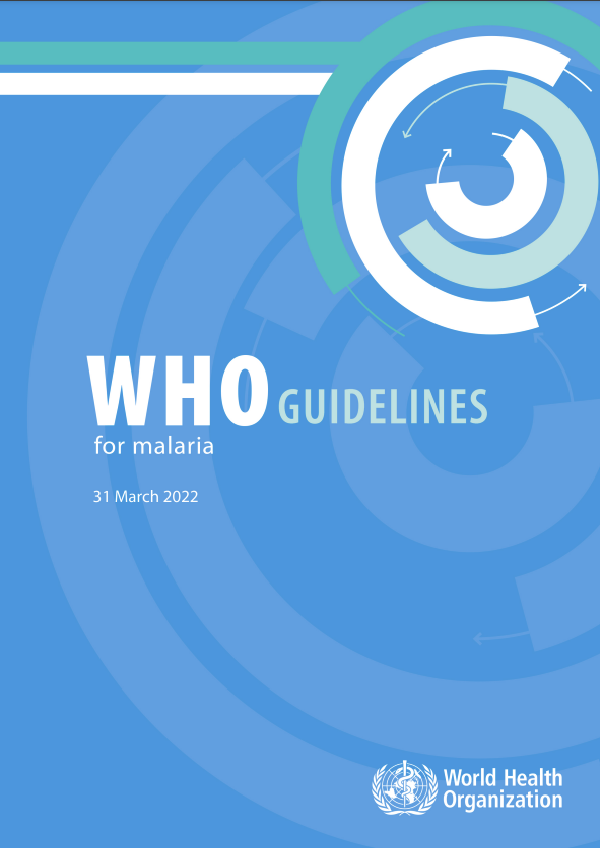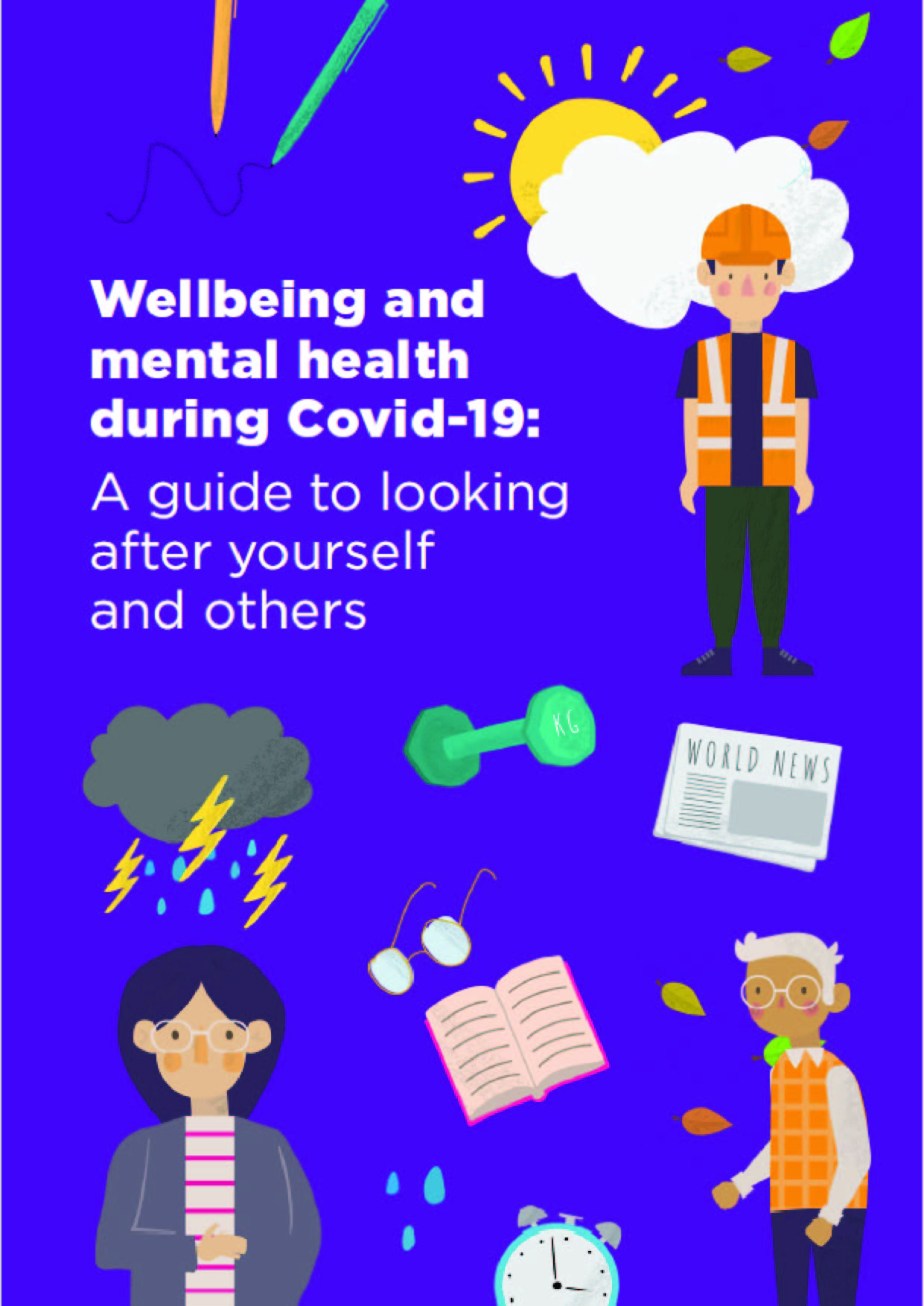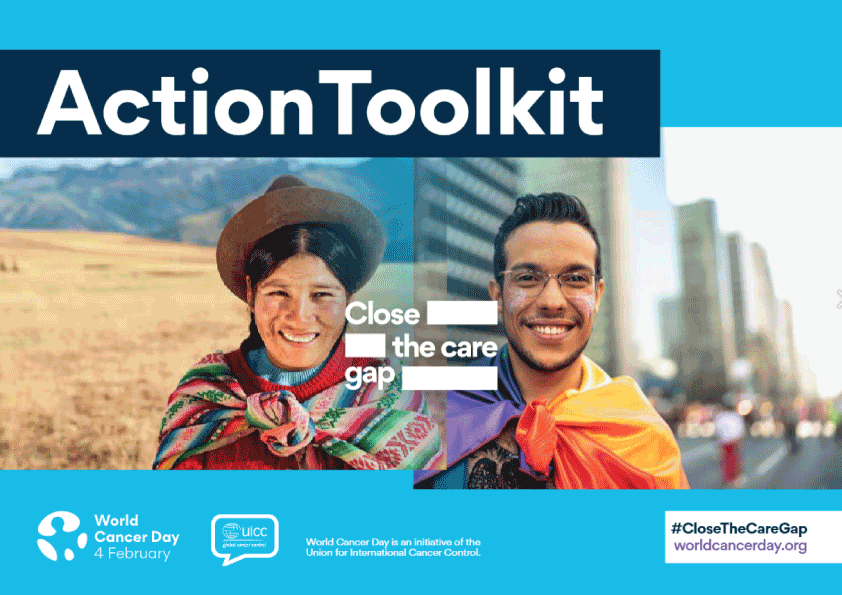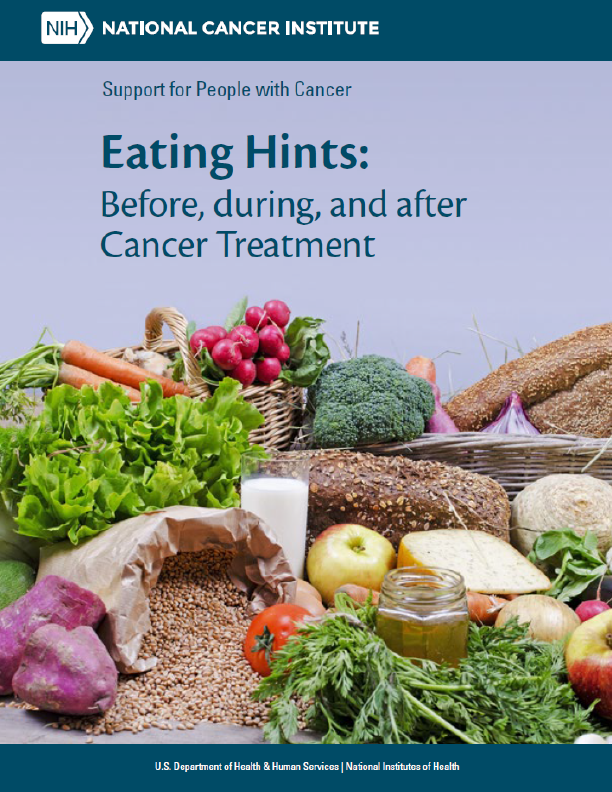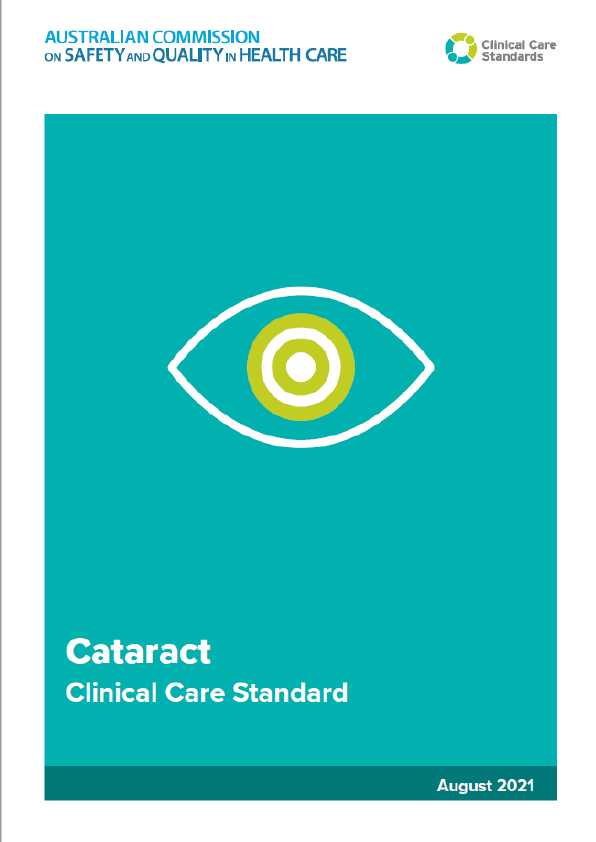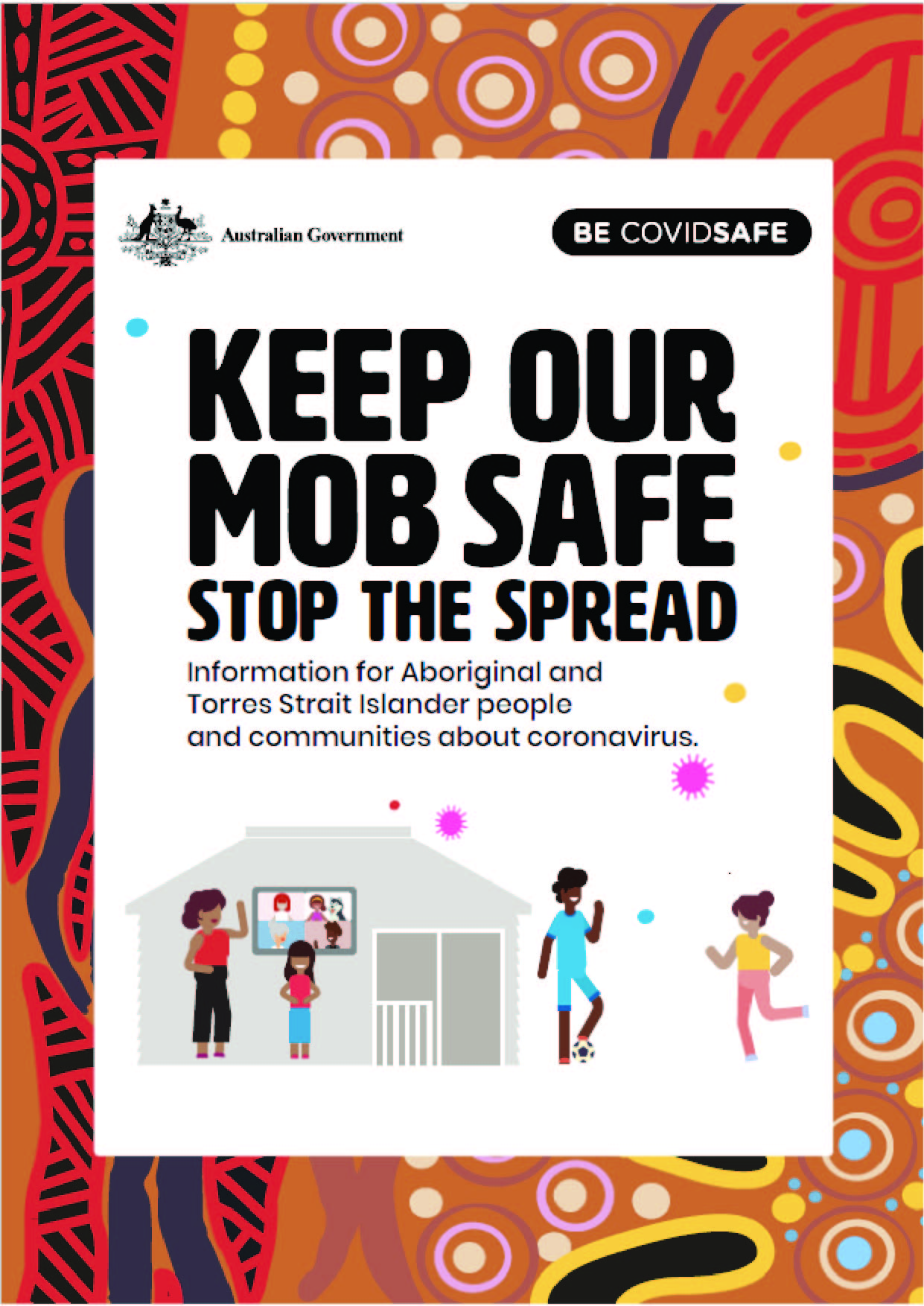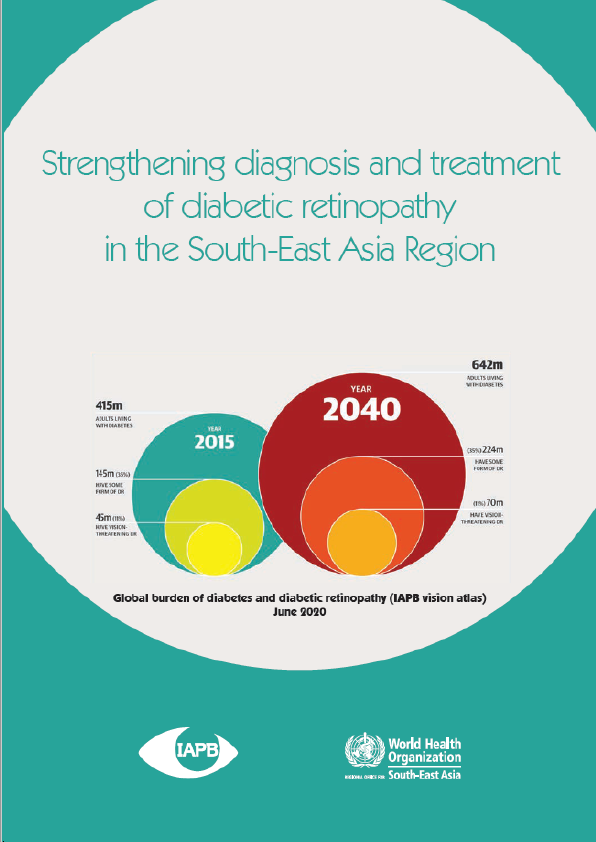Background
Malaria continues to cause unacceptably high levels of disease and death, as documented in successive editions of the World malaria report. According to the latest report, there were an estimated 241 million cases and 627 000 deaths globally in 2020. Malaria is preventable and treatable, and the global priority is to reduce the burden of disease and death while retaining the long-term vision of malaria eradication. Here, we present the WHO Guidelines for malaria developed by the WHO Global Malaria Programme as a comprehensive and inclusive resource for advice on malaria.
The Global technical strategy for malaria 2016–2030 (GTS) provides an overarching framework to guide malaria control and elimination efforts. Adopted by the World Health Assembly in May 2015 and an update adopted in May 2020, the Strategy defines goals, milestones, and targets on the path to a world free of malaria. The goals focus attention on the need to both reduce morbidity and mortality and to progressively eliminate malaria from countries that had malaria transmission in 2015. The GTS presents a framework through which the goals can be achieved.
The GTS states that it is essential for malaria programs to ‘”ensure access to malaria prevention, diagnosis, and treatment as part of universal health coverage”‘. Universal health coverage (UHC) means that all individuals and communities receive the health services they need without suffering financial hardship. It includes the full spectrum of essential, quality health services, from health promotion to prevention, treatment, rehabilitation, and palliative care. For malaria, WHO has recommended a range of interventions – namely, vector control, chemoprevention, diagnostic testing, and treatment – to reduce transmission and prevent morbidity and mortality. A UHC approach means ensuring that individuals and communities are covered by the appropriate mix of these interventions, based on local context, to control and ultimately eliminate malaria.
The principal objective of national malaria programs (NMPs) is to combine a selection of these interventions into packages that are tailored to achieve sustainable and equitable impact in a given setting. To decide upon the appropriate intervention package and allocation of resources that will achieve this objective and contribute to UHC, programs should use a process that combines the analysis of impact and value for money with extensive stakeholder engagement and discussion. The process should be informed by past and current malaria transmission intensity and incidence data; contextual vulnerability related to the human host, parasites, vectors, and past and present intervention coverage; acceptability; and equality of access and use (including analysis of financial barriers and how to address them). When the objective is the elimination, a similar process is undertaken, although the types of interventions and value for money analysis will be different than in high-burden settings.
Following progressive reductions in malaria burden between 2000 and 2015, progress stalled. By 2017, the world was off track to achieving the malaria morbidity and mortality reduction targets. In response, a revitalization effort called “High burden to high impact (HBHI)” was launched in 2018. This approach focuses attention on how to get back on track: garnering political will to reduce the toll of malaria; using strategic information to drive impact; developing better guidance, policies, and strategies; and improving coordination of support for national malaria responses. Although the impetus for articulating these key activities was the need to get back on track to achieve the GTS morbidity and mortality targets, these activities apply equally well to all malaria-endemic countries and to ensure continued progress towards the GTS elimination goals.
Objectives
These consolidated WHO Guidelines for malaria aim to provide the latest evidence-based recommendations in one reference to support countries in their efforts to reduce and ultimately eliminate malaria.
The objectives of the Guidelines are:
- to provide evidence-based and context-sensitive recommendations on the appropriate choice(s) for malaria prevention (vector control, chemoprevention and the vaccine) and case management (diagnosis and treatment) across all transmission settings;
- to support the development by the WHO Member States of evidence-based national malaria policies for prevention and case management across all transmission settings;
- to encourage the use of local data to inform subnational stratification to maximize the impact of available resources; and
- to inform the research agenda to enable updates to the Guidelines by identifying gaps in evidence that constrain the development of guidance or weaken current recommendations.
